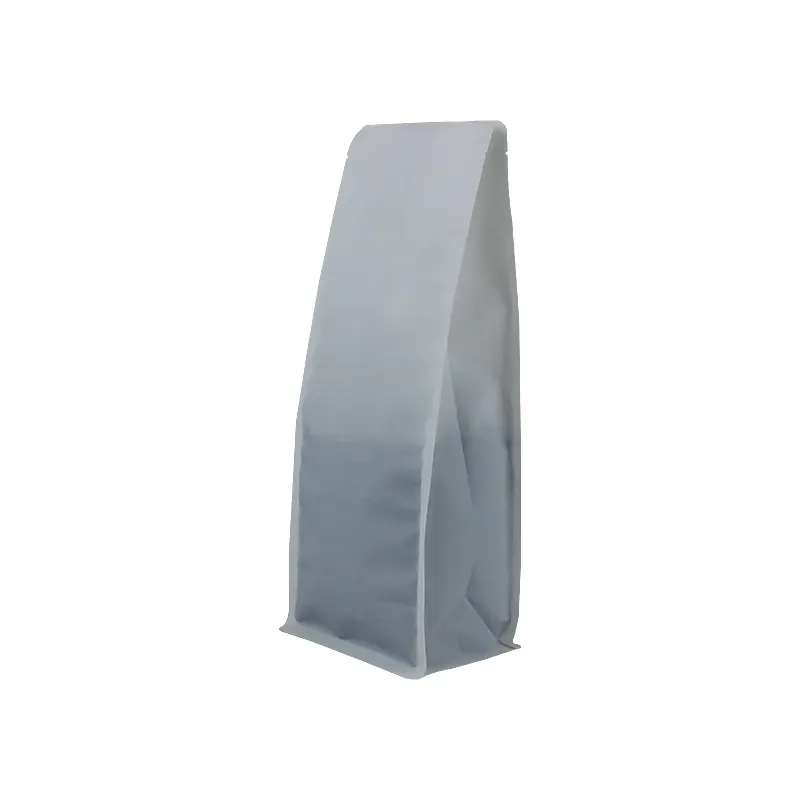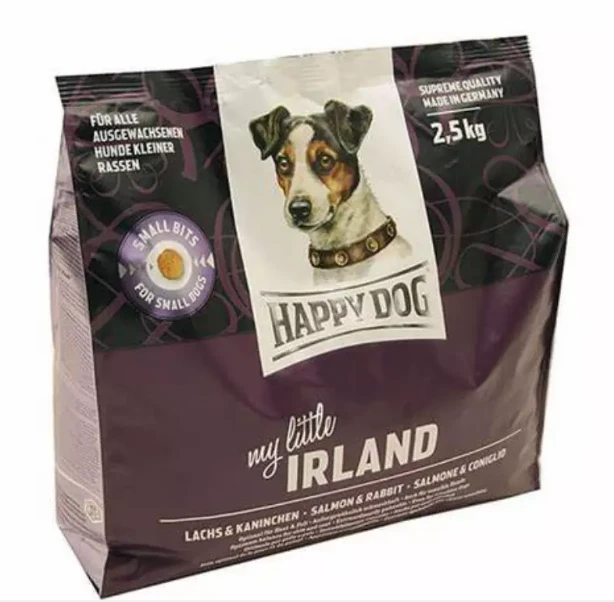- Afrikaans
- Albanian
- Amharic
- Arabic
- Armenian
- Azerbaijani
- Basque
- Belarusian
- Bengali
- Bosnian
- Bulgarian
- Catalan
- Cebuano
- chinese_simplified
- chinese_traditional
- Corsican
- Croatian
- Czech
- Danish
- Dutch
- English
- Esperanto
- Estonian
- Finnish
- French
- Frisian
- Galician
- Georgian
- German
- Greek
- Gujarati
- haitian_creole
- hausa
- hawaiian
- Hebrew
- Hindi
- Miao
- Hungarian
- Icelandic
- igbo
- Indonesian
- irish
- Italian
- Japanese
- Javanese
- Kannada
- kazakh
- Khmer
- Rwandese
- Korean
- Kurdish
- Kyrgyz
- Lao
- Latin
- Latvian
- Lithuanian
- Luxembourgish
- Macedonian
- Malgashi
- Malay
- Malayalam
- Maltese
- Maori
- Marathi
- Mongolian
- Myanmar
- Nepali
- Norwegian
- Norwegian
- Occitan
- Pashto
- Persian
- Polish
- Portuguese
- Punjabi
- Romanian
- Russian
- Samoan
- scottish-gaelic
- Serbian
- Sesotho
- Shona
- Sindhi
- Sinhala
- Slovak
- Slovenian
- Somali
- Spanish
- Sundanese
- Swahili
- Swedish
- Tagalog
- Tajik
- Tamil
- Tatar
- Telugu
- Thai
- Turkish
- Turkmen
- Ukrainian
- Urdu
- Uighur
- Uzbek
- Vietnamese
- Welsh
- Bantu
- Yiddish
- Yoruba
- Zulu
long term food storage meat
Long-Term Food Storage Meat Preservation Techniques
In today’s fast-paced world, many individuals and families are taking steps to prepare for emergencies and ensure food security. One essential aspect of this preparation is the long-term storage of food, particularly meat. Proper preservation techniques can extend the shelf life of meat, ensuring that it remains safe, nutritious, and flavorful even months or years after being stored. This article explores various methods for long-term meat storage, their advantages, and best practices.
Freezing
Freezing is one of the most common and effective methods for long-term meat storage. When meat is frozen, the low temperatures halt the growth of bacteria and other pathogens, allowing the meat to remain safe for consumption for extended periods. Freezing temperatures should ideally be at or below 0°F (-18°C).
To properly freeze meat
1. Choose Quality Meat Start with high-quality, fresh meat. The better the quality before freezing, the better it will taste after thawing. 2. Packaging Use airtight packaging to prevent freezer burn, which can affect texture and flavor. Vacuum-seal bags are ideal, but heavy-duty freezer bags can also work. Be sure to remove as much air as possible before sealing.
3. Label and Date Always label your packages with the date and type of meat. This practice helps you keep track of what you have and ensures that you use older items first.
4. Thawing When you are ready to use frozen meat, thaw it safely in the refrigerator, under cold water, or in the microwave, but never at room temperature.
Canning
Canning is another effective method for preserving meat long-term. Pressure canning is particularly important because it can destroy harmful bacteria that may be present in low-acid foods like meat.
1. Equipment Needed Use a pressure canner to ensure the meat is canned safely. Regular water bath canning is not sufficient for meat.
2. Preparation Cut meat into uniform pieces and cook it briefly before canning to reduce the risk of spoilage.
3. Jars and Lids Ensure that jars and lids are sterilized to prevent contamination. Fill jars with meat and add broth or water, leaving appropriate headspace.
4. Canning Process Follow specific time and pressure guidelines based on the type of meat and your altitude to ensure safe preservation.
long term food storage meat

Dehydration
Another viable method for long-term storage is the dehydration of meat, which removes moisture that bacteria need to grow
. Dehydrated meat can last for months or even years when stored properly.1. Slicing Cut the meat into thin strips, as thinner pieces will dry more effectively and quickly.
2. Marinating Consider marinating the meat for added flavor before dehydrating it. Various marinades, including soy sauce or spices, can enhance the taste.
3. Drying Devices Use a food dehydrator or an oven set at low temperatures to dry the meat thoroughly. Ensure that it reaches a safe internal temperature during the process.
4. Storage Store dehydrated meat in vacuum-sealed bags or jars in a cool, dark place. Use clear labels to track the storage date.
Fermentation and Curing
Fermentation and curing (such as making jerky or salami) are traditional methods of meat preservation that involve creating an environment unsuitable for spoilage bacteria.
1. Salting Salting meat can draw out moisture and create a hostile environment for bacteria. This method requires specific ratios of salt to meat to ensure safety.
2. Acidification Fermenting meat with beneficial bacteria can also enhance flavor and preserve it. Recipes vary widely, so follow specific guidelines for each method to avoid safety risks.
3. Drying and Storage Similar to dehydrated meat, cured meats can last for extended periods when stored correctly.
Conclusion
Long-term food storage of meat is a valuable skill that can provide peace of mind and food security. Whether through freezing, canning, dehydration, or traditional fermentation and curing, each method offers unique advantages. By following proper practices and guidelines, individuals can ensure that they have access to safe, nutritious, and flavorful meat for months or even years to come. As with all food preservation methods, vigilance in monitoring storage conditions and adherence to safety protocols is essential for preventing spoilage and ensuring health.













